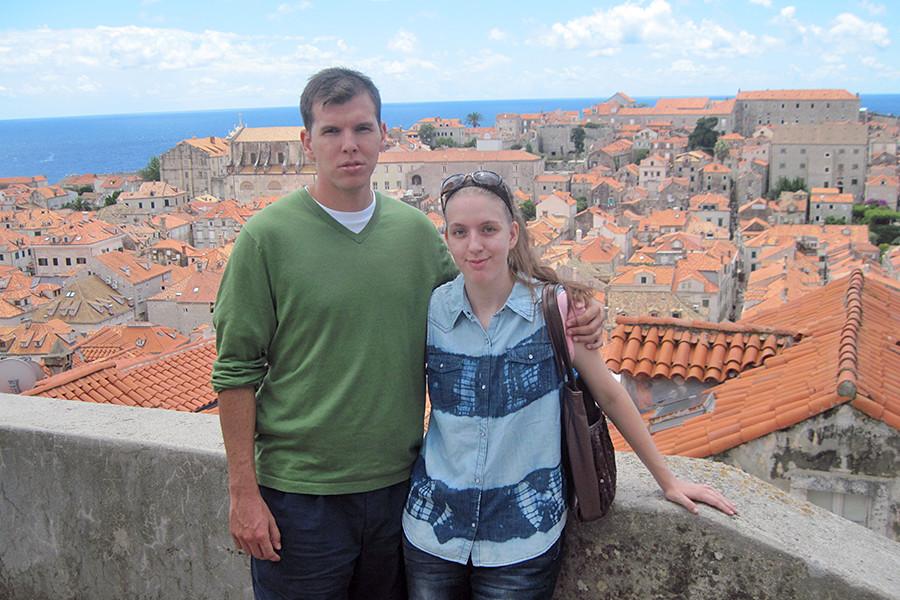Immigrants need welcoming
Just by taking a glance at somebody you may not guess their religion, ethnicity, or nationality.
Many people perceive me as just white. They don’t realize that I’m first generation American. To understand one’s cultural background you must understand where their ancestors came from.
For those who don’t know, I am a daughter of immigrants. My parents came from Croatia, part of the former Yugoslavia, located in southeastern Europe. My family’s immigration story started well before my parents’. In fact, my great-grandfather came to the United States when the 1906 San Francisco earthquake occurred, then soon returned to Croatia.
My father escaped the Communist country and later gained citizenship from his father. My mother soon resided with my father in the United States before the civil war broke out between the Croats, Serbs, Bosnians, and Slovenes.
As many of us know, immigrants often come into the United States having to face prejudice. Why is that? Why do they have to be judged for being themselves? Foreigners often receive peculiar looks just for pronouncing a word incorrectly.
We shouldn’t judge immigrants based on their status, but instead how they contribute to our society. Foreigners who migrate here are willing to obtain a job position to support their families. Most foreigners look for laborious jobs, which most Americans aren’t willing to take.
We usually see Americans giving unusual looks to immigrants at the DMV, supermarkets, and even at school. Immigrants may take this as impolite.
Think about their situation. If we were to live in another country, then we would have to learn the language and get accustomed to the culture the same way foreigners do here. I recall a time when I was at the supermarket and a foreigner accepted rude remarks because they didn’t understand English.
For senior Junfeng Chen, the main reason his family migrated from China to the U.S. is for a prosperous life. Under the same circumstance, junior Jazmin Piedra and her family came from Mexico for more opportunities in education.
According to the New York Post, the United States is home to 41.3 million legal and illegal immigrants, the highest percentage in 93 years.
An interesting fact, from the book Blossoms Into Gold, is that Croatians were the first people to settle in the Pajaro Valley in Watsonville, Ca starting in the 1800s. Across the states of America, there are more Croatian immigrants than you may think. In the Pittsburgh region there are about 50,000 Croatian residents who settled, according to Popular Pittsburgh.
Today, many Croatians live in the Los Angeles area, Chicago, Watsonville, and New York. Also, various Croatian Fraternal Unions and Cultural centers reside in these areas, bringing the Croatian community together with the public.
Foreigners shouldn’t be judged for their cultural background, appearance, and English speaking skills. We must understand that they migrate into this prosperous country for different reasons: for more opportunities, to find a job, or to escape a regime.
We should accept them for who they are because we wouldn’t have an insight of what diversity is like.





